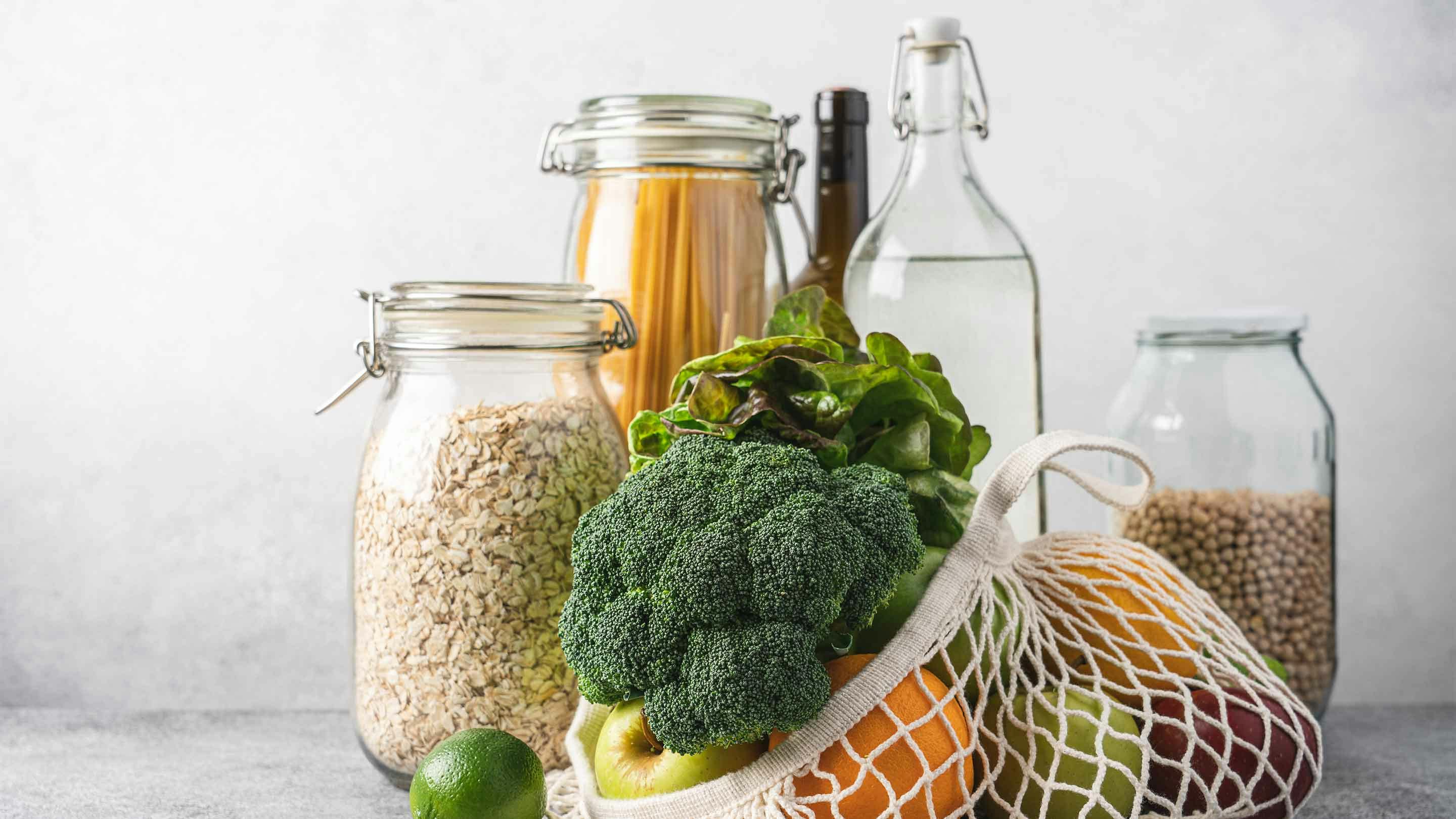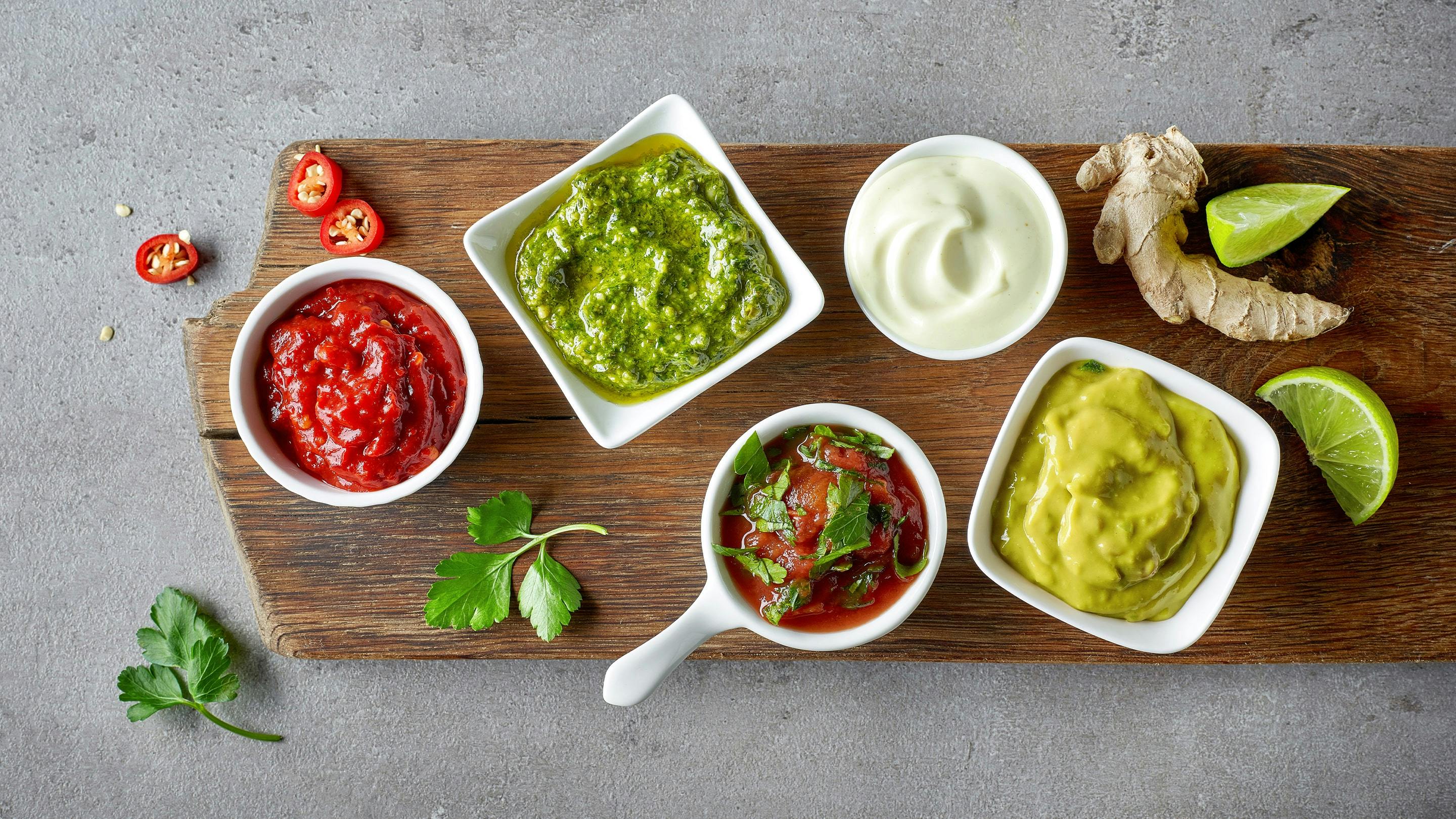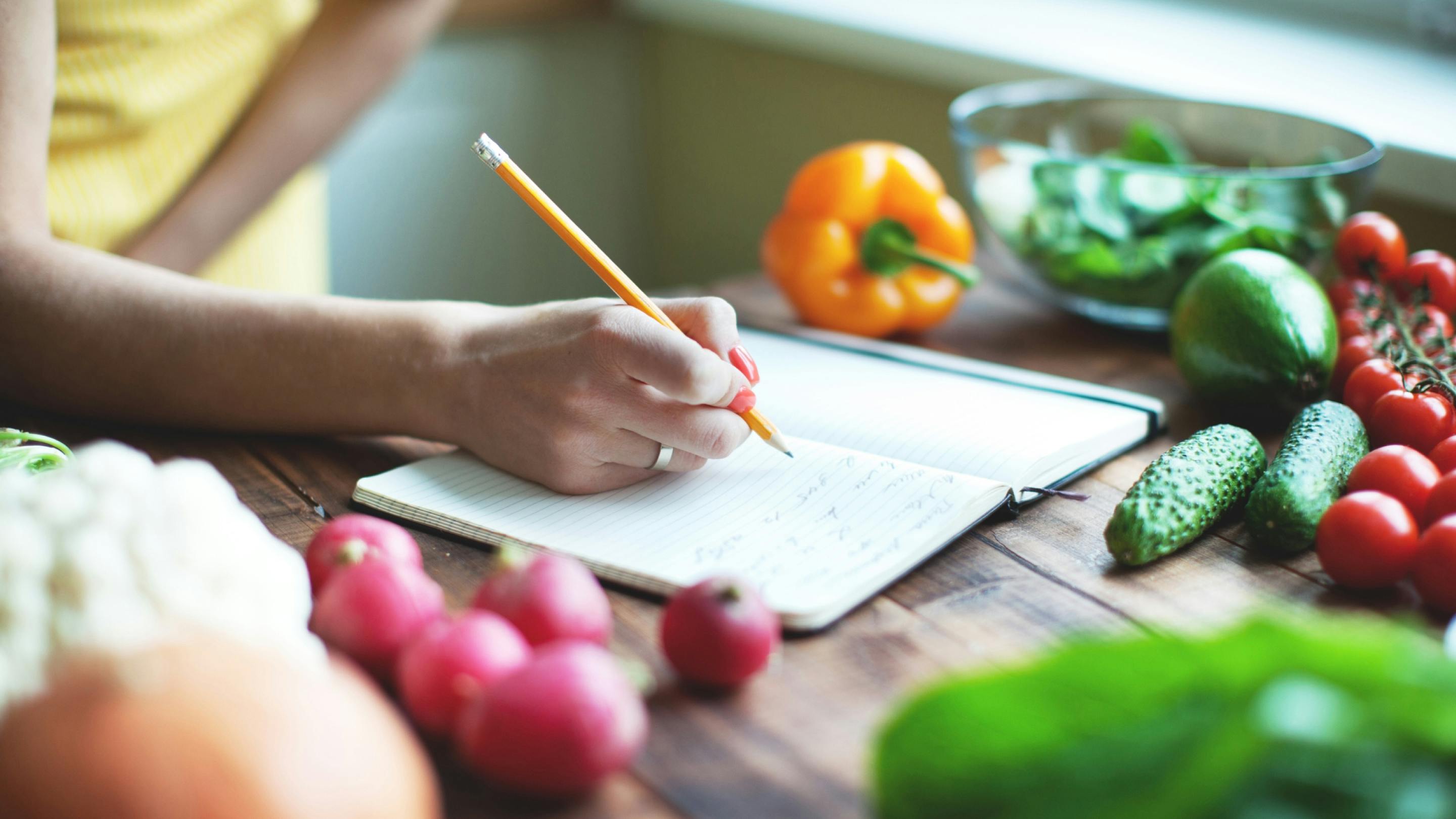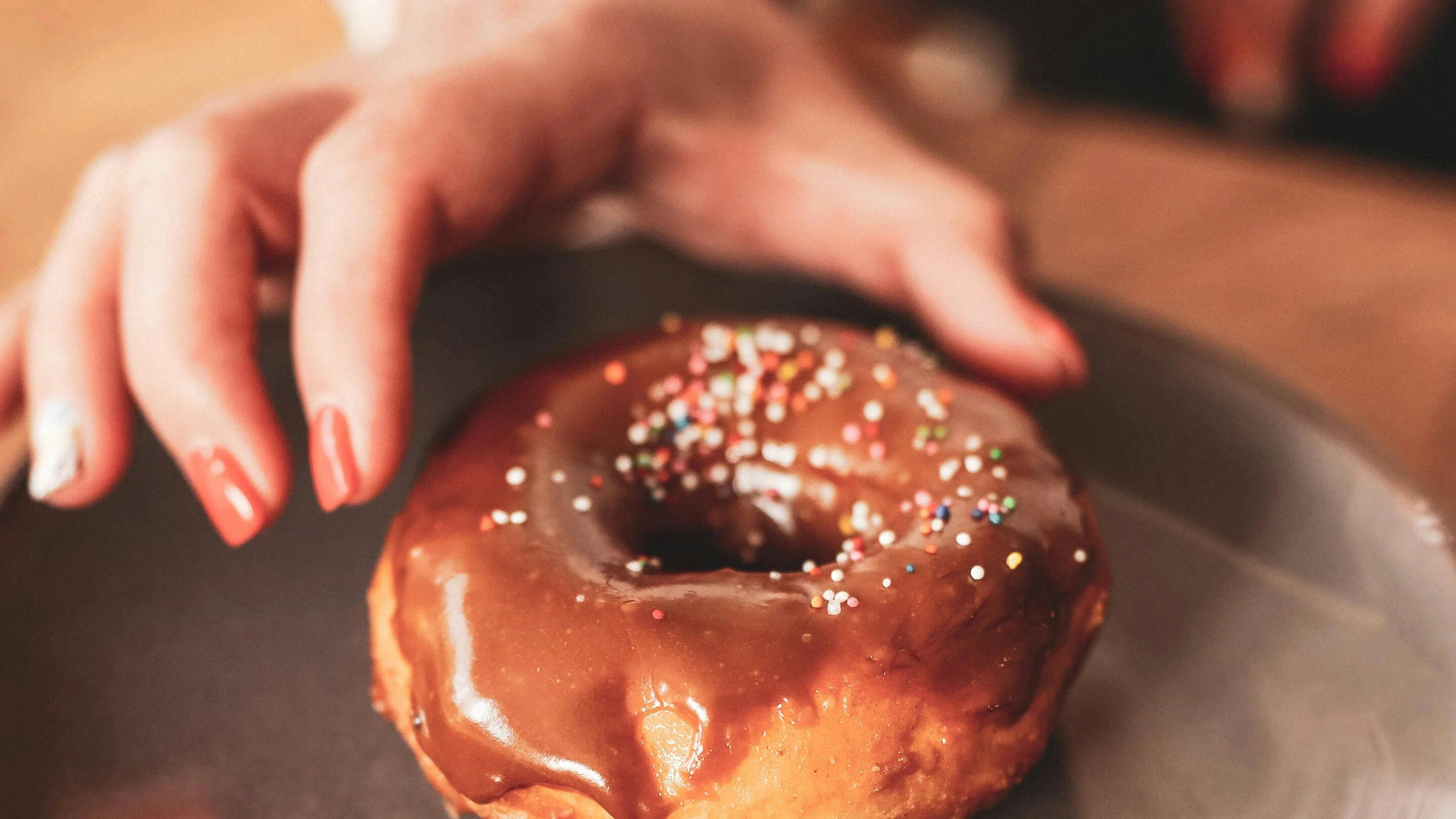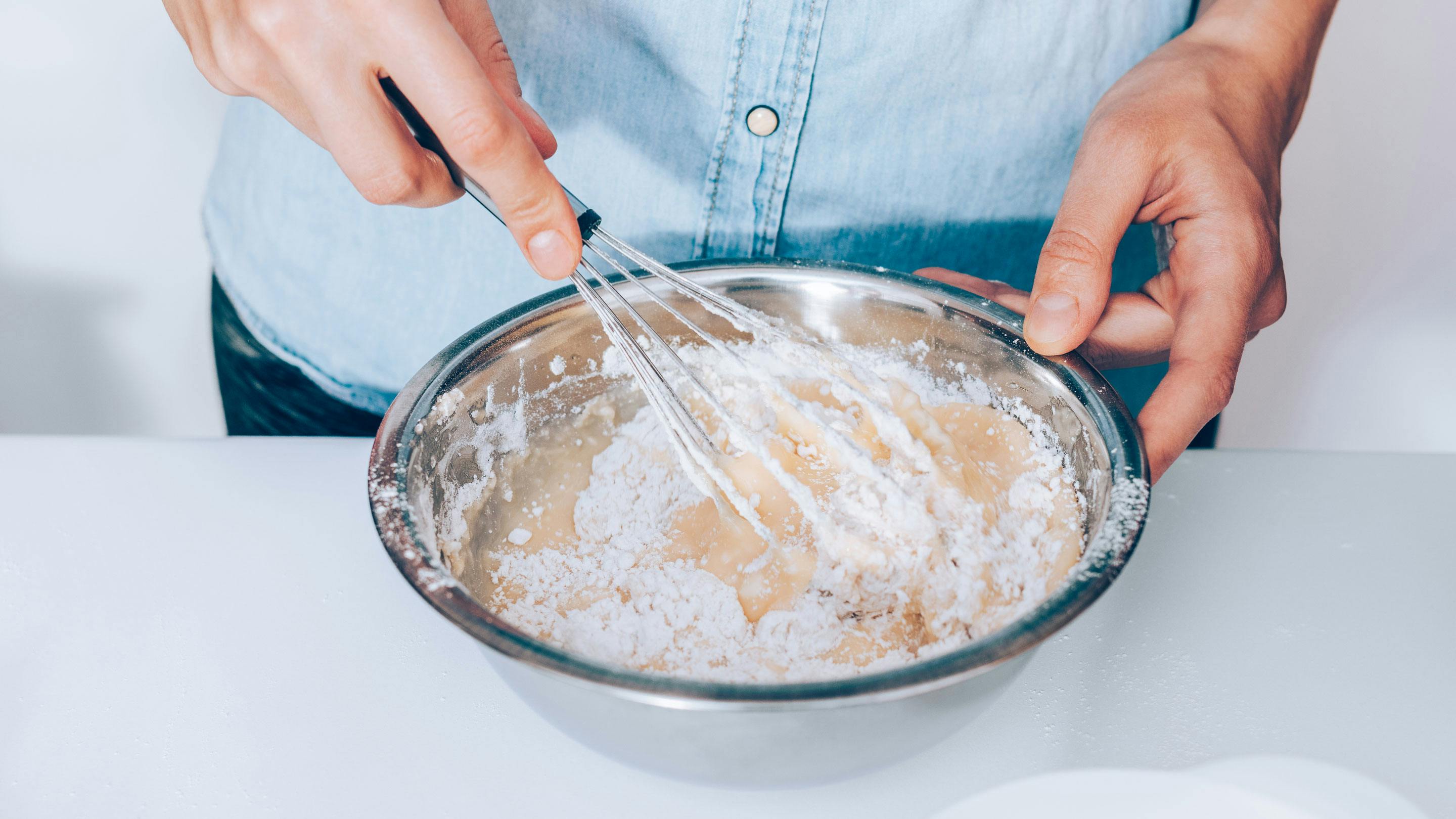Sustainability has already found its way into many kitchens. It starts with conscious shopping and extends to the last remnant that is still utilised in the kitchen. However, the zero waste principle starts with shopping, where packaging plays a major role alongside the goods themselves.
Just under 100 kilograms of packaging waste is generated per capita every year. That may not sound like a lot, but it is quite a lot when you consider that packaging made of plastic or thin cardboard hardly weighs anything. A second starting point for the zero waste principle is shelf life. It is often longer than stated by the manufacturer, and can also be greatly influenced by storing the products correctly.
Reusable packaging
Many products in the supermarket are packaged either individually or in standard household quantities. Even if some plastic packaging has now been replaced by paper or biodegradable material, the most sustainable option is still to avoid packaging altogether. One exception is fruit and vegetables, which quickly become damaged if left unprotected and therefore spoil quickly.
In larger cities, you can now find unpackaged shops where goods are offered openly and sold by weight. There are now also several options for packaging-free shopping in supermarkets. Fruit and vegetables are often available loose, and in the delicatessen department you can also ask the staff to pack the goods in your own cling film box. Increasingly, supermarket and drug store chains also have unpackaged stations where you can fill cereals, rice and even liquid soap.
If possible, shop at the increasingly popular farmers’ markets or farm shops. The delicacies directly from the producer are often unpackaged or filled in reusable jars. You can find an overview of farm shops and markets in your area on the internet.
With our tips for preserving and storing your spices, you can declare war on food waste and, of course, save money too!
Expired? Take a second look!
There are many opinions about the best-before date on all packaged foods. Our senses are the most reliable guides when it comes to edibility. Does the product still look good, has the colour or consistency changed? The odour is also very important: does it smell sour or foul? A small sample will provide information and will not cause any damage if the product is actually no longer edible. Only in the case of meat and fish should you strictly adhere to the “use by” date.
With the best-before date, the manufacturer mainly guarantees that the colour, taste and nutrients are retained until this date. The majority of foods can be enjoyed unopened for several days after the best-before date, some even for months or years. Jam, for example, may change colour, but is by no means spoiled. Cereals, sugar, many spices and vinegar hardly spoil at all.
There are more and more initiatives for food and cooked dishes that are unlikely to keep for long. Just have a look around to see if there is any food sharing in your neighbourhood. Surplus food is made available free of charge to someone who can use it quickly.
Everything has its place
Not all fridge compartments are the same. There are different temperatures in the fridge – the coldest area is in the centre, directly above the vegetable compartment. It is best to store meat, sausage and fish there. Cheese and dairy products can be stored in the compartment above. The top shelf and the fridge door are comparatively warm. Cooked food, eggs and sauces can be stored there.
Incidentally, many types of fruit and vegetables feel much more comfortable in a cool storeroom or cellar than in the fridge because they are sensitive to the cold: This includes tropical fruits such as pineapples, mangoes, bananas and avocados, as well as cucumbers, courgettes, peppers and tomatoes. Also worth knowing: some types of fruit emit a ripening gas during storage and should therefore be stored separately. This includes apples, peaches and plums – if these varieties are stored next to broccoli or cabbage, for example, the vegetables will spoil more quickly.
You should pay attention to this, even if you are stressed after shopping and want to put everything away as quickly as possible. Take the time not to put the products in the first free space in the fridge, but to organise them carefully – this will also give you a better overview later on.
With our hack for herbs ice cubes, you can declare war on wasting your herbs in the kitchen. Freezing them means they keep for longer, and you can simply use them in portions when needed.
If you integrate these points into your everyday life, you will take a big step towards zero waste in the kitchen and avoid both packaging and food waste. You can find more practical tricks, which will also save you money, in the article “5 zero waste tips for your kitchen“.
Spice up the web! Share this article on...
Read more
Currently Viewing: 1 of

